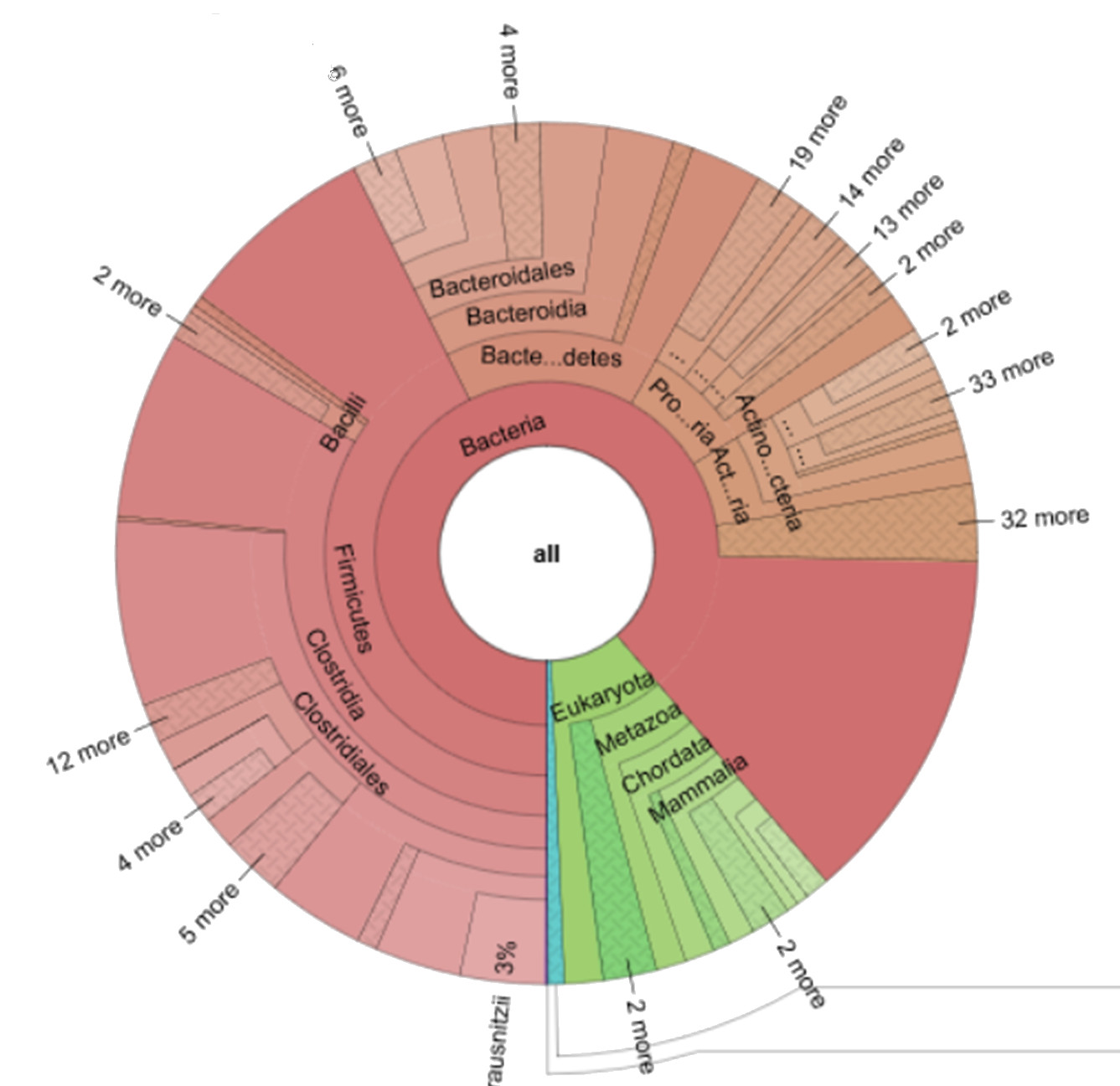

The established base order derived from each piece of DNA is often called a 'sequence read,' and the collection of the resulting set of sequence reads (often numbering in the billions) is then computationally assembled back together to deduce the sequence of the starting genome. Rather, to sequence a genome, its DNA must first be broken down into smaller pieces, with each resulting piece then subjected to chemical reactions that allow the identity and order of its bases to be deduced. Genomes are large and, at least with today's methods, their bases cannot be 'read out' in order (i.e., sequenced) end-to-end in a single step. The discussion below is focused on the human genome keep in mind that a single 'representative' copy of the human genome is ~3 billion bases in size, whereas a given person's actual (diploid) genome is ~6 billion bases in size. Obviously, the cost to sequence a genome depends on its size. There are also some surprising extremes, such as with the loblolly pine tree - its genome is ~23 billion bases in size, over seven times larger than ours. coli (a bacterium that lives in your gut) is ~5 million bases (also called megabases), that of a fruit fly is ~123 million bases, and that of a human is ~3,000 million bases (or ~3 billion bases). Organisms generally differ in their genome sizes. In the case of diploid organisms (like humans), that corresponds to the sum of the sizes of one copy of each chromosome pair.

The size of an organism's genome is generally considered to be the total number of bases in one representative copy of its nuclear DNA. Diploid organisms, like humans and all other mammals, contain duplicate copies of almost all of their DNA (i.e., pairs of chromosomes with one chromosome of each pair inherited from each parent). DNA is composed of four chemical building blocks or "bases" (for simplicity, abbreviated G, A, T, and C), with the biological information encoded within DNA determined by the order of those bases. patagonica in the western Mediterranean.A genome consists of all of the DNA contained in a cell's nucleus. Our results suggest that unique genetic variation, possibly due to limited dispersal across the Ibiza Channel, an influx of individuals from different depths, and/or adaptation to cooler temperatures along the northern expansion front may have facilitated the northward range expansion of O.
#GENODIVE SEQUNCE DATA FREE#
This suggests that this coral is simply an opportunistic colonizer of free space made available by coastal habitat modifications. We found no genomic signature of selection associated with artificial substrate, which has been proposed for explaining the rapid spread of O. We found that temperature may have driven adaptation along the northern expansion, as genome scans for selection found three candidate loci associated with temperature in the north but none in the west. Surprisingly, populations from the recent northern expansion are genetically distinct from the westward expansion and core populations, and also harbor greater genetic diversity.

Using a novel modified restriction-site associated DNA sequencing (RAD-Seq) protocol to target coral DNA, we collected 595 coral-specific single nucleotide polymorphisms (SNPs) from 189 colonies of the invasive coral Oculina patagonica from the Spanish Mediterranean coast, including established core populations and two expansion fronts. While next-generation sequencing techniques can reveal these changes in fine detail, ascribing them to a particular species can be difficult for organisms that live in close association with symbionts.

Understanding the patterns of genetic diversity and adaptation along an expansion front is crucial to assessing a species’ long-term success. Many organisms are expanding their ranges in response to changing environmental conditions.


 0 kommentar(er)
0 kommentar(er)
